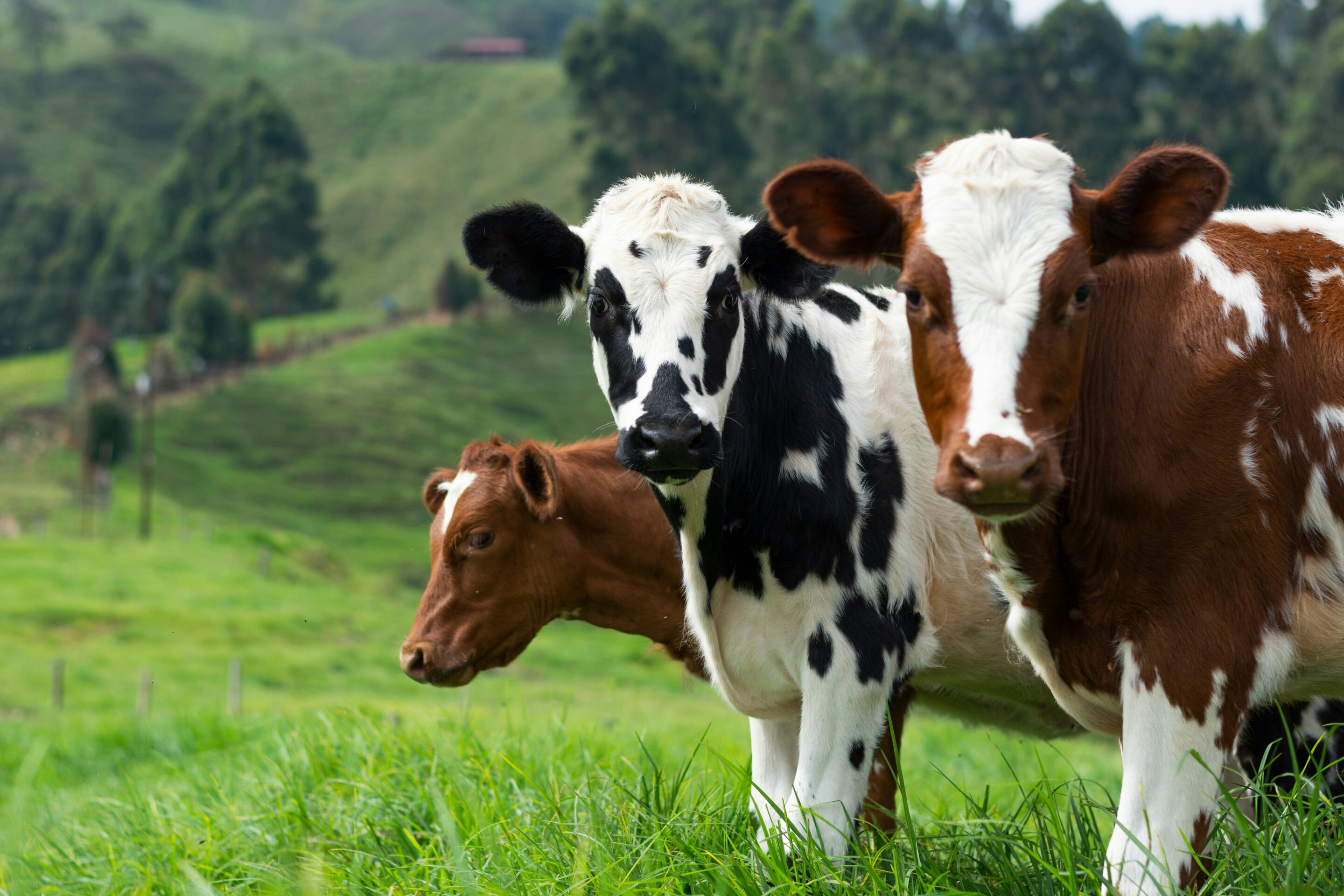Animal challenge studies completed by U.S. Department of Agriculture (USDA) scientists show that infecting dairy cows with the H5N1 virus in a laboratory setting can trigger clinical signs of disease similar to those of naturally infected animals on dairy farms.
Understanding how the virus is infecting cows and how the disease progresses in the animals is essential to developing therapeutics, like vaccines. While the study size was limited, the scientists’ validation of a reliable challenge model offers an important step towards filling crucial knowledge gaps that remain, including on ways to prevent the spread of H5N1. USDA continues to stand up additional studies with more animals and additional endpoints.
Popularly known as “bird flu” and scientifically as “Highly pathogenic avian influenza (HPAI) H5N1 in the hemagglutinin clade 2.3.4.4b,” the virus associated with the dairy cow outbreak was first detected in a Texas dairy cow on March 25, 2024. Since then, there have been 172 confirmed cases of infected dairy milking cows in 13 states. The Centers for Disease Control and Prevention (CDC) has assessed that the current human-health risk for the U.S. general public remains low, with four cases of H5N1 reported in people (exposed to infected dairy cows) so far.
The USDA scientists’ animal challenge study showing that field infections of H5N1 can be replicated under laboratory conditions is detailed in a paper that will be submitted for publication in a peer-reviewed journal.
The authors, who comprise a multi-disciplinary team of scientists with the USDA Agricultural Research Service (ARS), USDA Animal and Plant Health Inspection Service (APHIS) and Iowa State University, conducted the study in a Biosafety Level-3 (BSL-3) agricultural facility in Ames, Iowa, about a month after H5N1 was detected in the Texas dairy cow. This effort built on prior genomic investigations indicating genotype B3.13 of the virus had originated in wild birds the fall of 2023, and that a single “spillover” event into dairy cows likely occurred in late winter 2023.
“At the time we initiated these experiments, the route of infection and transmission between cows was unknown,” ARS study leader Amy Baker and her co-authors write in their publication-pending research paper. “Transmission between farms was linked to movement of live lactating cows, yet within-farm spread to resident cows was observed within days or weeks following movement without a clear pattern of transmission consistent on all farms.”
The BSL-3 facility, which is operated by the ARS National Animal Disease Center in Ames, enabled the team to evaluate two infection routes in a high-containment setting. The first route, a respiratory one, involved exposing the noses and mouths of four yearling heifers to an aerosol mist containing genotype B3.13 of the virus. The second infection route, an intramammary one, involved inoculating the teats and udders of two, non-pregnant lactating cows so that the progress of the disease and its symptoms could be monitored.
In the first study, the respiratory exposed heifers became infected but showed minimal clinical signs of disease, limited to an increased but sporadic nasal discharge 1 to 3 days after infection. Lesions were observed in one heifer 7 days after infection.
In the second study, the mammary exposed lactating cows became infected and displayed symptoms within 48 hours of infection. These included diminished appetite, decreased rumen motility, a drop in milk production and thick, yellowish milk—similar to clinical viral mastitis symptoms observed in naturally infected animals on dairy farms. Both cows developed H5 specific immunity in serum and milk from inoculated quarters, Baker notes.
This study, as well as other unpublished data, support the conclusion that respiratory transmission is not a primary route of infection within farms. Additional studies are in progress. Specific knowledge gaps that reliable, repeatable animal challenge methods can help answer are:
- Tropisms of the virus within the body over time.
- How the virus is transmitted between animals.
- Whether HPAI vaccines will work in dairy cattle.
- Best practices for disinfection (for example, milking machines).
The team’s research is part of a larger, multi-faceted and ongoing effort by the USDA, CDC, the National Institutes of Health, Food and Drug Administration and other partners to protect human and livestock health, as well as ensure the safety of the food supply.
Citation:
Cow challenge study should help turn tables on H5N1 in dairy herds (2024, July 29)
retrieved 29 July 2024
from https://phys.org/news/2024-07-cow-tables-h5n1-dairy-herds.html
This document is subject to copyright. Apart from any fair dealing for the purpose of private study or research, no
part may be reproduced without the written permission. The content is provided for information purposes only.

